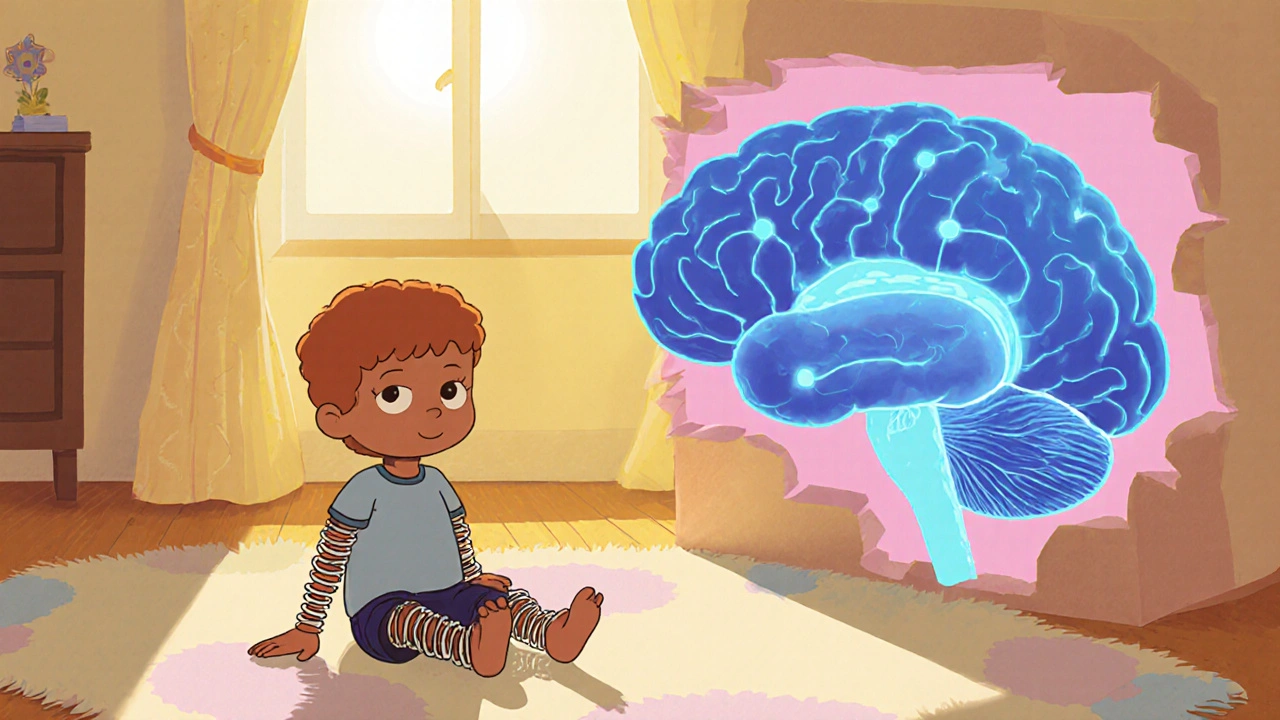Neuromuscular Connection: How Nerves and Muscles Work Together for Movement
When you lift your arm, tap your foot, or even blink, it’s not your muscle doing it alone—it’s the neuromuscular connection, the direct link between nerve signals and muscle response that turns thought into motion. Also known as nerve-muscle communication, it’s the reason you can walk without thinking about it, catch a falling glass, or hold a cup steady.
This system relies on motor neurons, specialized nerve cells that carry signals from your brain and spinal cord to your muscles. When these neurons fire, they release a chemical called acetylcholine at the junction—called the neuromuscular junction—where the nerve meets the muscle fiber. That tiny spark triggers contraction. If the signal is weak, delayed, or blocked, your muscles don’t respond right. That’s why conditions like myasthenia gravis, ALS, or even long-term steroid use can make simple movements feel impossible. The neuromuscular disorders, diseases that damage this connection and cause weakness, fatigue, or loss of control don’t always show up on an X-ray, but they change how your body moves.
You’ll find posts here that dig into how medications affect this system. For example, some steroids like deflazacort or prednisone can weaken muscles over time—not because they’re bad, but because they interfere with how nerves signal muscles to contract. Other drugs, like those used for depression or epilepsy, can cause muscle tremors or fatigue as side effects. Even something as simple as caffeine can disrupt nerve firing patterns and make you feel shaky or uncoordinated. The connection between your brain and your muscles is delicate, and what you take can change how it works.
Whether you’re managing a diagnosed condition, noticing new weakness, or just wondering why your legs feel heavy after a long day, understanding the neuromuscular connection helps you ask the right questions. Below, you’ll find clear comparisons of drugs that impact muscle control, guides on managing side effects that affect movement, and practical advice for staying strong when your nerves aren’t firing right.

How Spastic Muscle States Relate to Autism Spectrum Disorder
Explore the link between spastic muscle states and autism, covering prevalence, neurobiology, assessment tools, treatment options, and practical tips for families.
October 18 2025